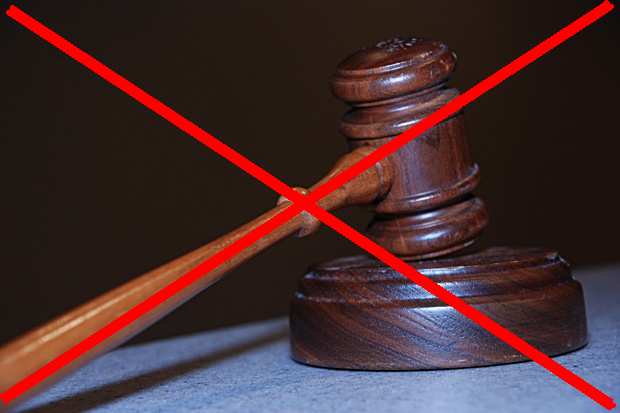eDiscovery Case Law: Never Mind! Judge Scheindlin Withdraws FOIA Requests Opinion

Back in February, eDiscovery Daily reported that Southern District of New York Judge Shira A. Scheindlin’s latest opinion regarding eDiscovery best practices. In National Day Laborer Organizing Network v. U.S. Immigration and Customs Enforcement Agency, 10 Civ. 3488, she ruled that the federal government must provide documents “in a usable format” when it responds to Freedom of Information Act (FOIA) requests.
In this case, the National Day Laborer Organizing Network, Center for Constitutional Rights and the Immigration Justice Clinic at the Benjamin N. Cardozo School of Law sued to require production of a wide range of documents under the Freedom of Information Act in August 2010. In response, the government agency defendants produced documents grouped together in large files that were not searchable, for which individual documents could not be easily identified, with emails separated from their attachments.
In ruling at that time, Judge Scheindlin noted that “Once again, this Court is required to rule on an eDiscovery issue that could have been avoided had the parties had the good sense to ‘meet and confer,’ ‘cooperate’ and generally make every effort to ‘communicate’ as to the form in which ESI would be produced.”, and ruled that federal agencies must turn over documents that include “metadata,” which allows them to be searched and indexed. Indicating that “common sense dictates” that the handling of FOIA requests should be informed by “the spirit if not the letter” of the Federal Rules of Civil Procedure, Judge Scheindlin indicated the government offered “a lame excuse” for delivering non-searchable documents. A copy of the original opinion and order can be found here.
Now, that opinion has been withdrawn.
In a very short order withdrawing the opinion, Judge Scheindlin stated:
“This court has been informed that the parties have recently resolved their dispute regarding the form and format in which records will be produced by defendants in this Freedom of Information Act lawsuit. In the interests of justice, this Court now believes that it would be prudent to withdraw the opinion it issued on February 7, 2011 (Docket #41). I do so because, as subsequent submissions have shown, that decision was not based on a full and developed record. By withdrawing the decision, it is the intent of this Court that the decision shall have no precedential value in this lawsuit or in any other lawsuit.
The Court also withdraws its Supplemental Order dated February 14, 2011 (Docket # 50).”
So, as Emily Litella would say, “Never Mind!”
So, what do you think? What impact does the withdrawal of the opinion have on future eDiscovery cases? Please share any comments you might have or if you’d like to know more about a particular topic.







